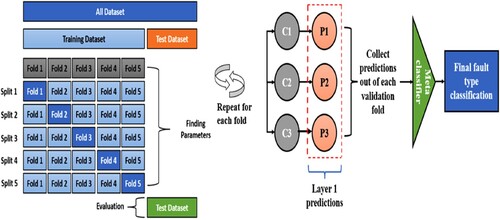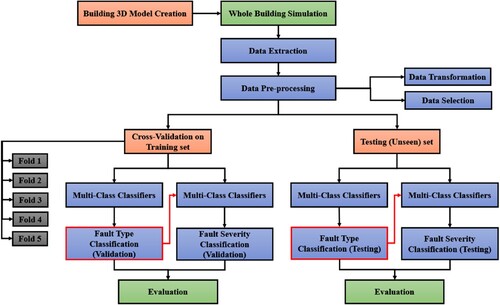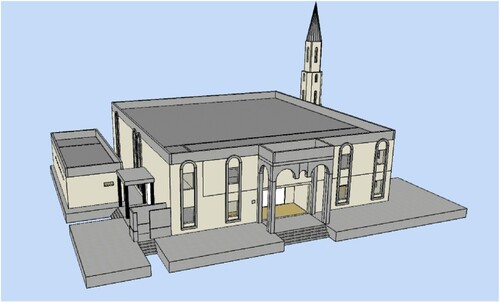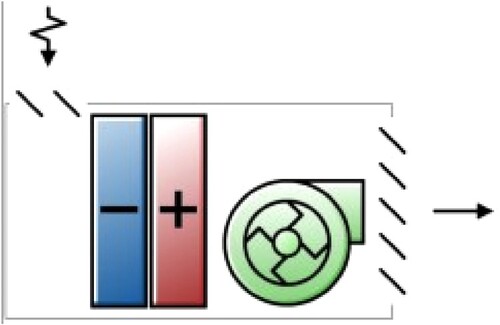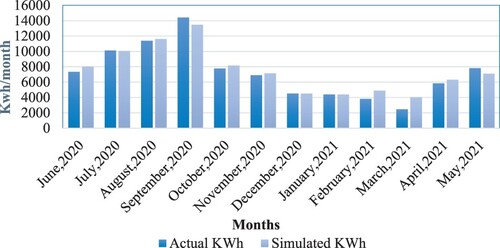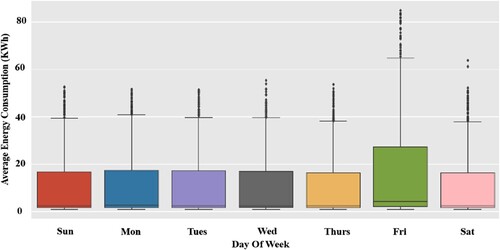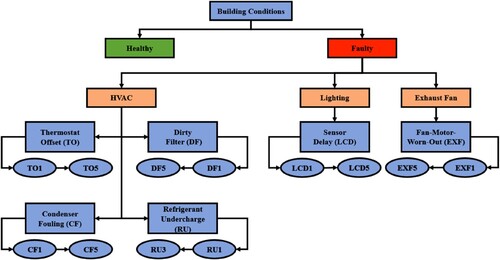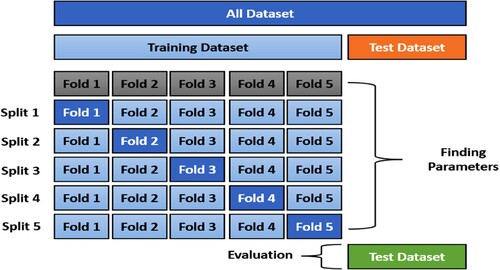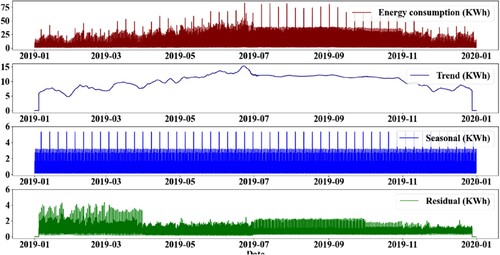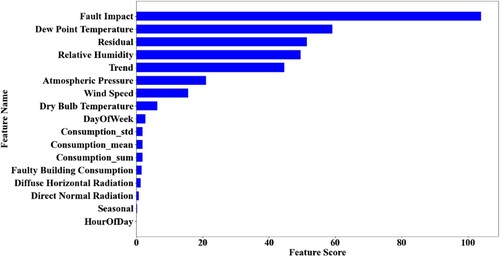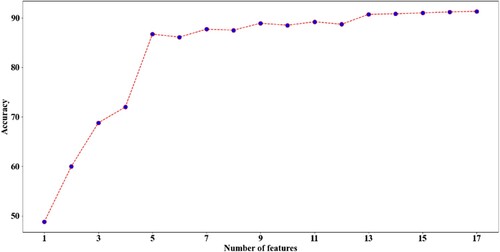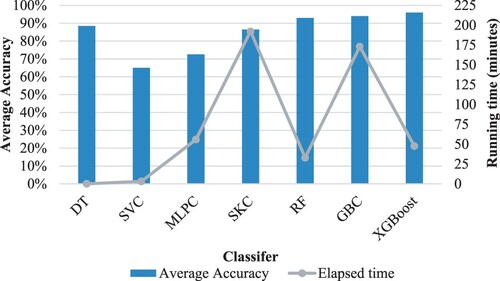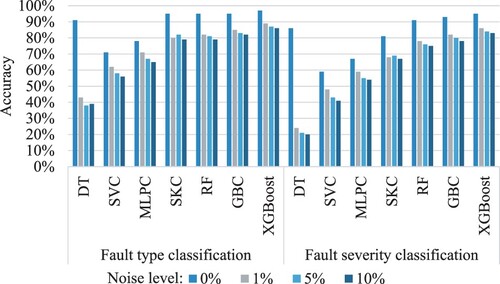Figures & data
Table 1. Summary of previous studies on ensemble approaches for detecting and diagnosing building system faults.
Table 2. Building construction and materials information.
Table 3. Building's window-to-wall ratio with respect to building orientation.
Table 4. System information and EnergyPlus basic input.
Table 5. Building’s simulated faults.
Table 6. Summary of main tuning parameters of each model.
Figure 12. The performance of classification models in classifying each fault type in the validation dataset.

Figure 13. The performance of classification models in classifying each fault type in an unseen dataset.
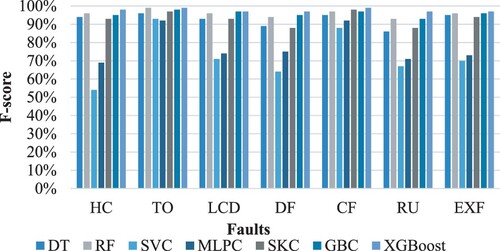
Figure 14. The performance of classification models in classifying the fault type and severity in the validation dataset.
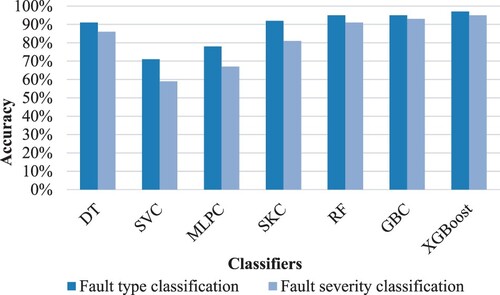
Figure 15. The performance of classification models in classifying the fault type and severity in an unseen dataset.
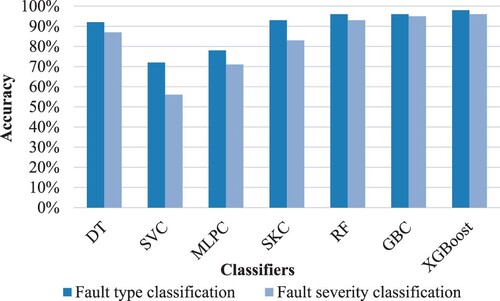
Table 7. A comparison of the model’s accuracy in relation to the utilization of data decomposition components.
Table
Data availability statement
The data that support the findings of this study are available from the corresponding author, [AYK], upon reasonable request.

